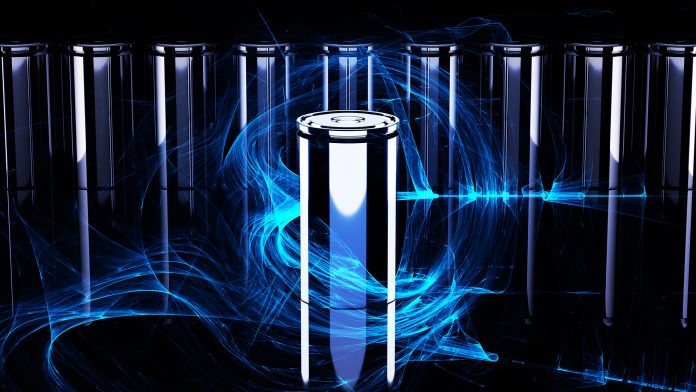Scientists have made a significant breakthrough in overcoming the challenges associated with nickel-rich cathodes used in lithium-ion batteries.
Using nickel-rich cathodes in lithium-ion batteries has potential advantages due to the material’s ability to achieve high voltages and capacities.
Although nickel is already used in lithium-ion batteries, increasing the proportion of nickel could significantly improve battery energy density. This enhancement would make them especially suitable for electric vehicles and grid-scale storage.
However, their structural instabilities and loss of oxygen have been a barrier to their practical applications.
In a new study, ‘Oxygen Hole Formation Controls Stability in LiNiO2 Cathodes: DFT Studies of Oxygen Loss and Singlet Oxygen Formation in Li-Ion Batteries,’ it has been revealed that oxygen hole formation plays a crucial role in the degradation of LiNiO2 cathodes.
Oxygen hole formation, where an oxygen ion loses an electron, accelerates the release of oxygen which then further degrades the cathode material.
The breakthrough has the potential to enhance the stability and longevity of these types of lithium-ion batteries. This enhancement has significant promise to help secure more reliable energy storage systems for the clean energy transition.
Examining the behaviour of the nickel-rich cathode during charging
The researchers used a set of state-of-the-art computation techniques on UK supercomputers to examine the behaviour of LiNiO2 cathodes as they charged.
They discovered that the oxygen in the material undergoes changes during charging, whereas the nickel charge remains relatively unchanged.
Co-author Prof Andrew J Morris, from the University of Birmingham, commented: “We found that the charge of the nickel ions remains around +2, regardless of whether it’s in its charged or discharged form. At the same time, the charge of the oxygen varies from -1.5 to about -1.
“This is unusual, as the conventional model assumes that the oxygen remains at -2 throughout charging, but these changes show that the oxygen is not very stable, and we have found a pathway for it to leave the nickel-rich cathode.”
How is oxygen lost during charging?
By comparing their calculations with experimental data, the team found that their results aligned well with the observations.

They proposed a mechanism for how oxygen is lost during this process. This involved the combination of oxygen radicals to form a peroxide ion, which is then converted into oxygen gas, leaving vacancies in the material.
The process releases energy forming singlet oxygen – a highly reactive form of oxygen.
Mitigating the production of singlet oxygen could enhance lithium-ion batteries
Lithium-ion batteries are used in a wide variety of applications due to their high energy density and rechargeability. Because of this, they are essential for the clean energy transition, being the dominant battery technology of choice in applications such as electric vehicles and renewables.
Despite this, there are challenges associated with the stability of cathode materials which have hindered their overall performance and lifespan.
The team’s breakthrough in nickel-rich cathodes has the potential to mitigate these challenges.
“Potentially, by adding dopants that reduce oxygen redox while promoting transition-metal redox, particularly at the surface, mitigating the generation of singlet oxygen, we can enhance the stability and longevity of these type of lithium-ion batteries, paving the way for more efficient and reliable energy storage systems,” first author Dr Annalena Genreith-Schriever from the University of Cambridge concluded.









